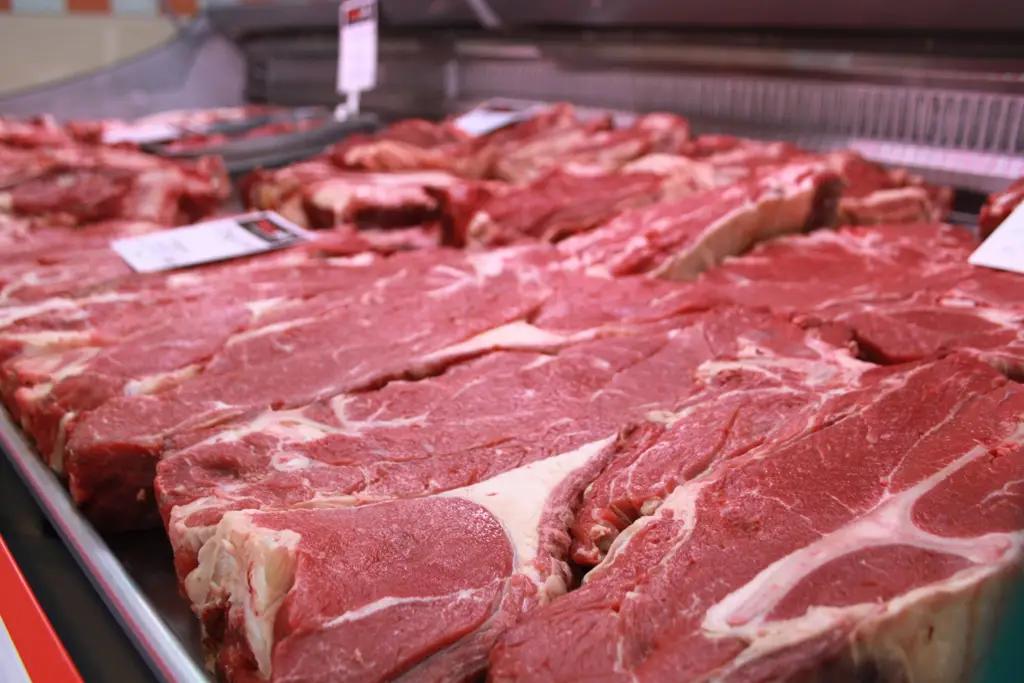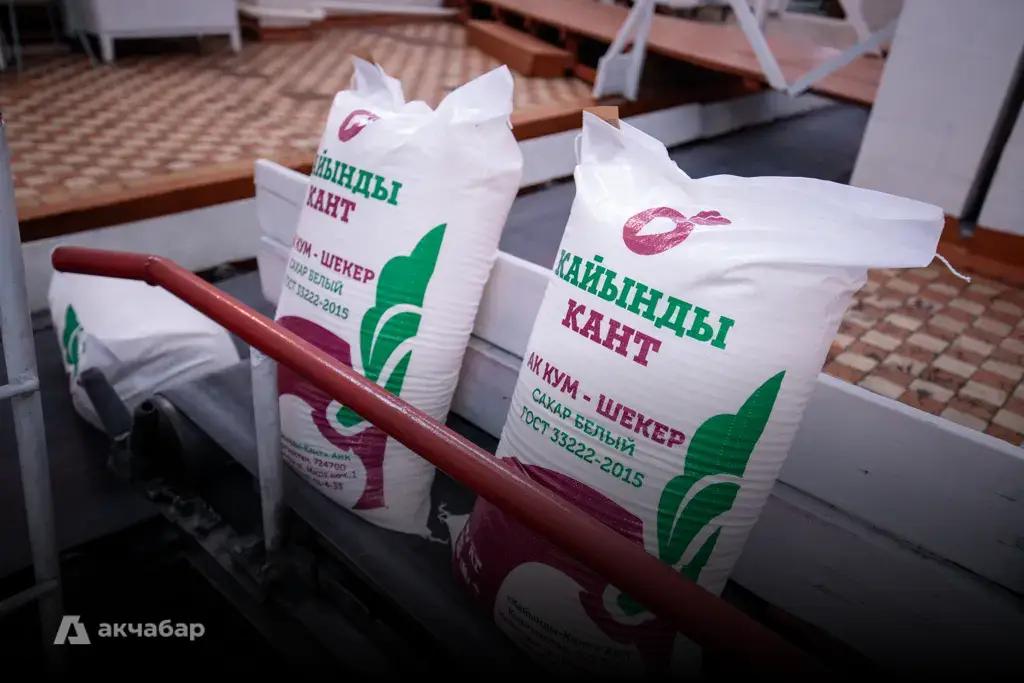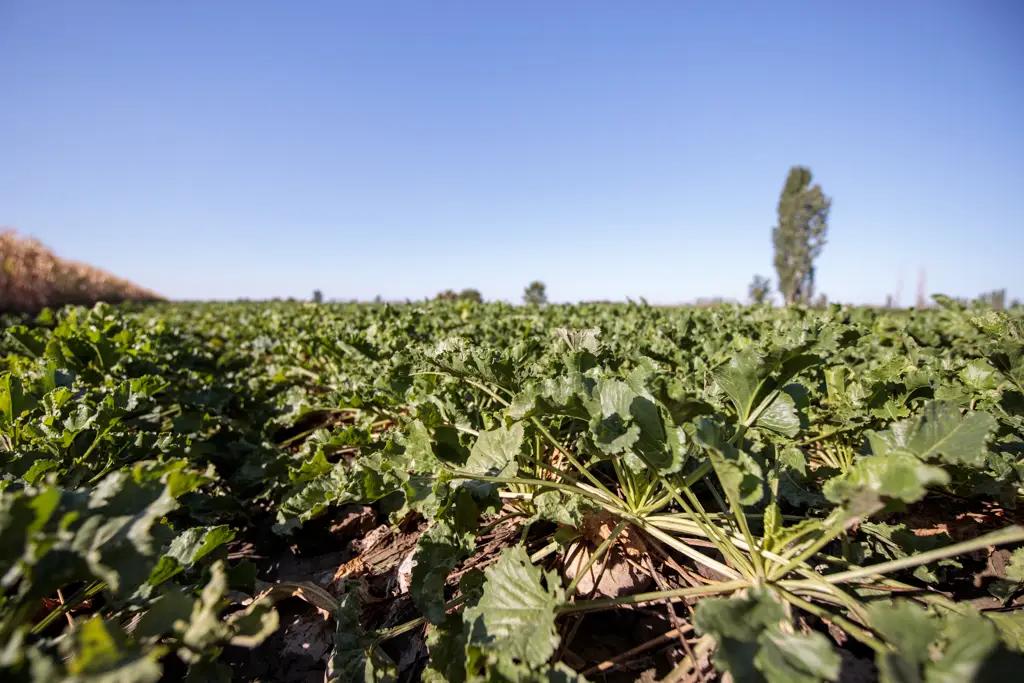
Published
10/04/2024, 14:53Bishkek markets witnessed a jump in meat prices last month. According to the Ministry of Agriculture, last month's average price was 650-700 KGS per kilogramme. However, many citizens complained of higher prices. According to the Veterinary Service under the Ministry of Water Resources, Agriculture and Processing Industry, meat prices began to stabilise at 600-650 KGS after they had taken prompt action.
The first factor that catches the eye is the fodder prices. For example, the average hay bale price in Chui oblast varies between 180-220 KGS, which is lower than last year. Due to watering problems of irrigated lands, the price for a hay bale in 2023 was up to 300-320 KGS. In addition, the maize price, also used as fodder, is currently lower than it used to be the previous year.
If in October of the last year, the corn price was 11 KGS per kilogramme, now it is 8 KGS. There were no problems with irrigation water this year, compared to the previous one and the year before. Therefore, the prices for fodder are more acceptable. Accordingly, this is unlikely to be the reason for the meat price increase.
The second factor that can also influence the meat price may be related to the product's transportation. Since slaughterhouses are located in remote villages in Chui oblast, additional costs are incurred to transport the carcasses to Bishkek markets. Fuel prices as reported by the Statistics Committee: the AI-92 petrol price averaged 67.14 KGS in September and 74.89 KGS for diesel fuel.
Compared to last year, the AI-92 petrol price is 4.36 KGS higher than last year and was 62.78 KGS. As for diesel fuel, it is mostly used for heavy-duty vehicles, transporting meat batches to the markets, and it increased in price by 8.19 KGS. Thus, the meat price is likely to be affected by the increase in fuel and lubricants prices.
What is the situation like with inflation in the country? This is the main indicator that highlights to what extent goods and services have increased in price in the country. The National Bank of the Kyrgyz Republic website states that ‘the annual inflation rate demonstrates a decline, having settled at 3.8%’. Last year, annual inflation was 7.3%. The inflation decline indicates that the price growth rates have slowed down compared to the previous period. This means that food prices should remain stable for the most part.
Another factor in the rise in the cost of meat products could be their shortage on the domestic market. The first thing that could have caused this is a decrease in production.
However, according to the National Statistics Committee, in January-August this year, the production of meat and edible subproducts of cattle increased by contrast. Thus, if in the analogous period of last year, production was estimated at 9,206.9 tonnes, this year - by 1,226.1 tonnes more, or 10,433 tonnes. This indicates that there is no deficit in meat production in the country.
The second reason why there could be a domestic deficit of the product, even if there is no decrease in production, is its supply to foreign markets. By the way, the Antimonopoly Service attributes the price rise to this very reason.
Earlier, a representative of the Antimonopoly Service told a Akchabar reporter that the increase in meat prices was due to the product's export to Uzbekistan and via it to Tajikistan.
By meat, the AMS specialist most likely meant the export of live cattle, because if we talk about beef and mutton, the supplies of the former decreased compared to the previous year, while the latter increased insignificantly. Besides, the main beef buyer was Russia, which bought the whole volume - 1.13 tonnes (-39.8%), and mutton buyers were Iran (120.9 tonnes) and Azerbaijan (100 kilograms).
At the same time, if we talk about supplies of live animals - horses, donkeys, mules and horses, then here the republic has increased supplies to Uzbekistan by 104 times, but even so, the neighbour in terms of exports of animals there (935 pieces) was on the second line, the first - China, which bought 1.5 thousand animals. At the same time, the total supply of animals from this category decreased, by 14.94%.
In addition to horses, Kyrgyzstan supplies live sheep and goats, as well as cattle to foreign markets. Uzbekistan is the main buyer here. And if the growth here is only by 191 animals, up to 133,528, growth in cattle is 4.75 times, up to 61,000 animals.
However, if the Ministry of Agriculture data is to be believed, in 2024 the total number of cattle in the republic amounts to 1.8 million heads, of which 902.2 thousand are breeding cattle and 542.5 thousand are horses. As for sheep and goats, the total number of heads is 6.2 million. Thus, even accounting their supply growth to Uzbekistan by almost five times, this is less than 1% of the livestock.
Moreover, the ban on cattle and small ruminants' exports from Kyrgyzstan was lifted only last week. It was in effect for up to 20 days and took place because the Veterinary Service temporarily suspended the registration and issuance of export permits due to the inventory of animals. But since 24 September, export certification has been resumed.
At the same time, according to the Agency's information, shared with Akchabar, the inventory of animals could not cause a product shortage in the market. As it did not concern the domestic market, livestock slaughter was conducted as usual.
It should be noted that just the day before it became known the Veterinary Service had temporarily suspended 15 out of 101 slaughterhouses operating in the country due to non-compliance with veterinary and sanitary requirements. That is, in fact, every seventh one. Even though, according to the Veterinary Service, there is a shortage of slaughterhouses in the country.



